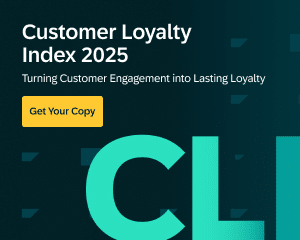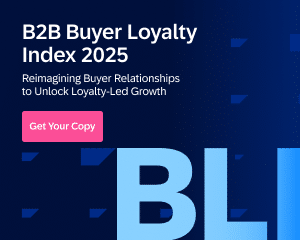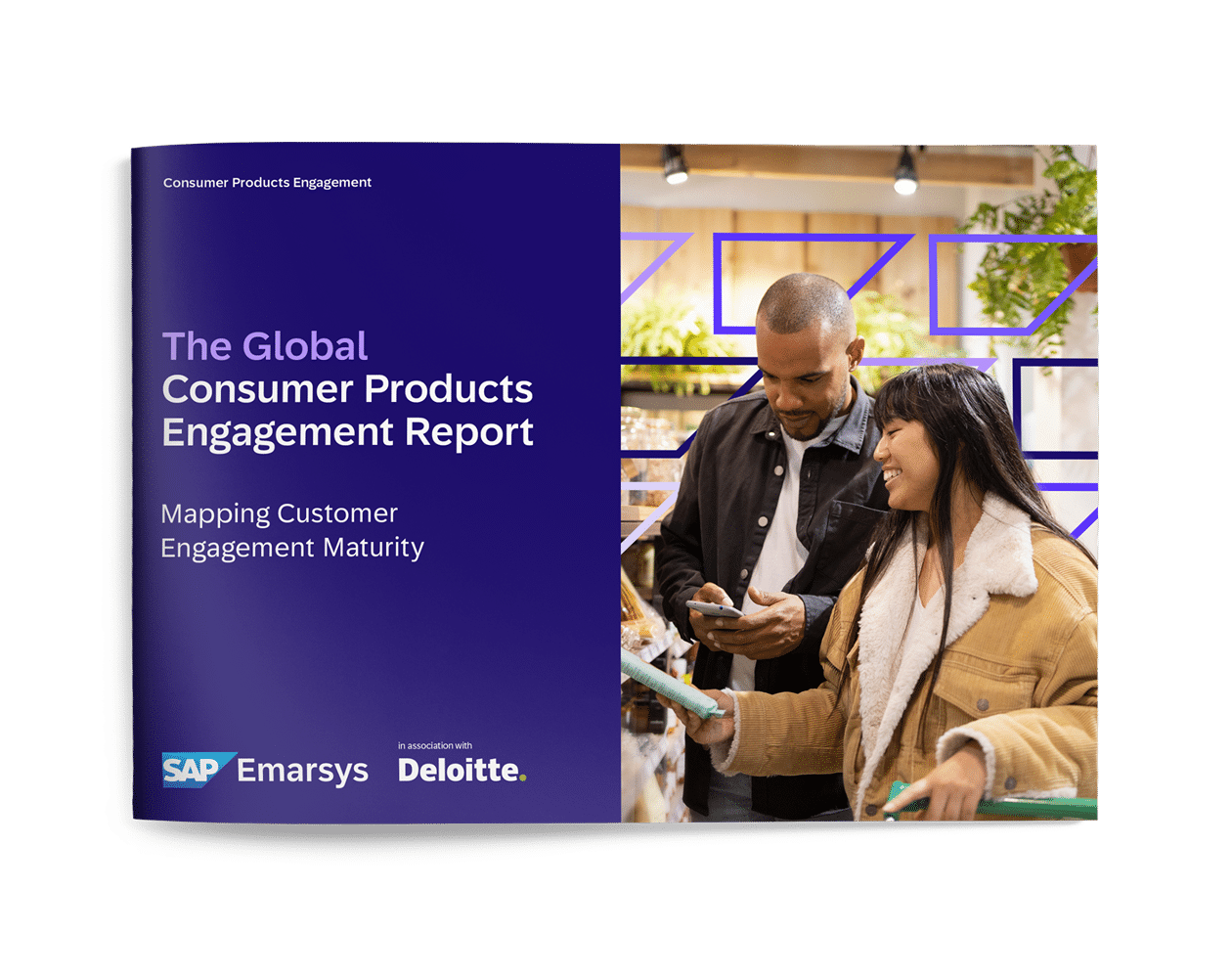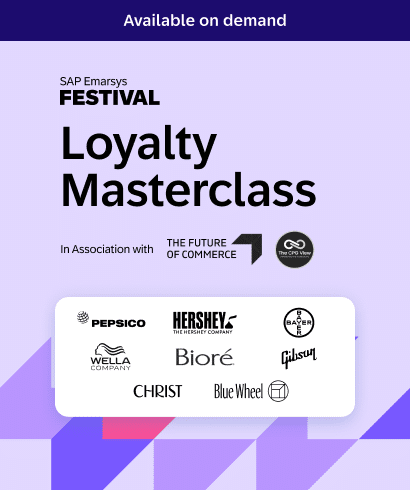Consumer Packaged Goods (CPG) brands are navigating one of the most volatile markets in recent history.
Brand loyalty is weakening. Costs are rising. Supply chains remain unpredictable. And your consumers, especially younger generations, are more value-driven and less brand-loyal than ever before.
In response, more and more CPG brands are pivoting towards direct-to-consumer (DTC) models, not just as an additional sales channel, but as a strategy to build deeper customer relationships, capture valuable first-party data, and drive loyalty in an increasingly fragmented landscape.
But DTC success isn’t just about launching an online store. It’s about delivering personalized, connected, omnichannel experiences that drive long-term customer value.
This article explores how CPG brands are transforming their DTC strategies, leveraging data, AI, and omnichannel engagement to meet modern consumer expectations and stay competitive in the Engagement Era.
The Rise of DTC in the CPG Landscape
The shift toward direct-to-consumer (DTC) is accelerating across the CPG industry. What began as an opportunity for digitally native disruptors has become a strategic priority for some of the world’s most established consumer brands.
According to the Global Consumer Products Engagement Report:
- 28% of CPG marketers now operate DTC models
- A further 64% run hybrid models that combine both direct and indirect sales
The message is clear: DTC is no longer niche for CPG brands – it’s the mainstream.
But what’s driving this shift? It’s consumers. Many are looking for better value, more convenience, and stronger connections with the brands they buy from. In fact:
- 60% of consumers believe buying directly from a brand should cost less, and they expect better experiences in return
- 57% have switched to own-label alternatives because they’re more affordable, signalling that brand loyalty is no longer a given.
For CPG brands, going DTC offers a new route to market and a powerful opportunity to own the end-to-end customer relationship, capturing first-party data, delivering more relevant omnichannel consumer experiences, and building long-term loyalty in ways traditional retail models simply can’t match.
“For years, traditional shopper marketing and digital-first strategies were treated as separate silos: One focused on in-store activations, the other on online engagement. Today, consumers expect a seamless experience no matter how they interact. The challenge for CPG organizations is breaking down those silos, integrating teams, data, and processes to create a unified view of the shopper journey.”
Why DTC Is a Loyalty Powerhouse for CPG Brands
When brands sell through retailers, they lose visibility into who their customers are, how they shop, and what keeps the coming back. DTC changes that.
DTC gives brands direct access to customer data, enabling them to personalize offers, anticipate needs, and deliver experiences that drive long-term retention.
This matters more than ever. Our report found that:
- 41% of consumers want personalized deals and offers
- 32% want help discovering products they didn’t know they’d love
DTC gives CPG brands the ability to run these kinds of personalized, always-on loyalty strategies – with full control over the customer experience.
Data + AI: The Secret Ingredients for CPG DTC Success
A successful DTC strategy lives and dies by data. Without a clear view of the customer – their preferences, behaviors and interactions – personalization becomes guesswork and loyalty suffers.
Yet the report reveals a worrying gap: only 37% of CPG brands have fully integrated their customer experience, ERP and marketing systems. For brands till relying on fragmented data, scaling DTC becomes an uphill battle.
This is where AI steps into the game. CPG marketers are clear on its importance:
- 89% of CPG marketers say AI is essential for engaging new customers
- 86% believe it’s critical for retention
AI enables your brand to deliver relevant offers, anticipate the needs of your customers, and personalize at scale – in real time.
Example in action: By integrating SAP Emarsys with its broader tech stack, Ferrara built unified customer profiles that powered hyper-personalized campaigns. Combined with AI-driven insights, this allowed the brand to deliver smarter, more relevant experiences that directly translated into growth, including a 59% increase in contactable customers and email open rates 20% above the industry average.
When data, AI and automation come together, your brand gains the ability to move fast, personalize deeply, and make every customer interaction count.
Omnichannel DTC: Meeting Consumers Wherever They Are
The core tenet of successful DTC marketing is creating connected experiences that run seamlessly between customer touchpoints. It’s what your customers expect – when they engage with your brand, they’re looking for you to meet them where they are, whether that’s online, in-store, or on their phones.
But many brands are still playing catch-up. The Consumer Products Report highlights a significant disconnect:
While mobile apps are the third most used channel for consumers, they rank dead last for marketers.
Similarly, while consumers favor direct interactions through brand websites, email and SMS, many brands continue to over-rely on traditional media like TV. The brands winning in CPG DTC are the ones bridging this gap.
Example in action: Krispy Kreme uses real-time, behavior-triggered campaigns to connect with customers wherever they are, sending offers when someone is near a store, delivering birthday treats, or following up after an online order. Whether the interaction happens digitally or leads to an in-store purchase, the experience is consistent, personalized, and seamless.
This is omnichannel DTC in action – a strategy where every channel feeds into the same unified customer experience. Whether a customer shops through an app, engages via email, or walks into a store, the brand knows who they are, what they love, and how to serve them better.
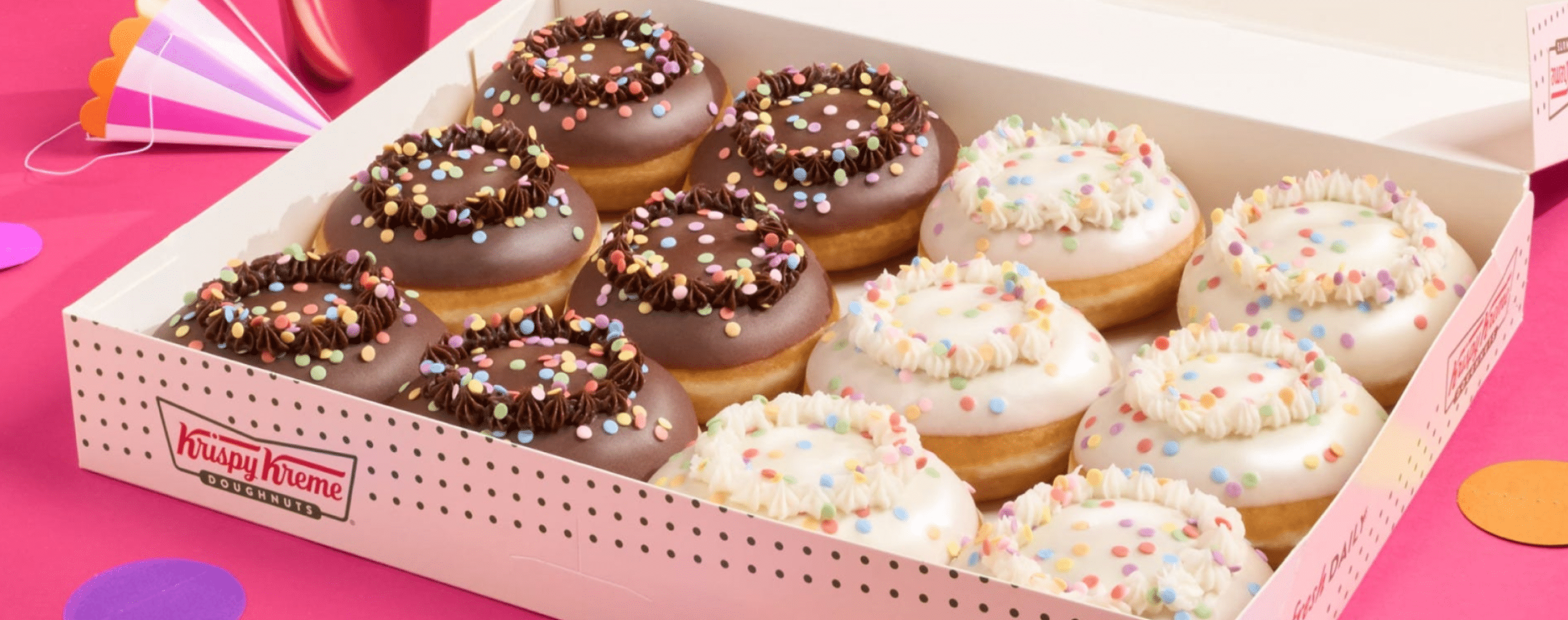
How CPG DTC Leaders Are Investing for Growth
The most successful CPG DTC brands aren’t standing still. They’re doubling down on customer engagement strategies that deliver measurable growth, deepen loyalty and future-proof their business.
The report highlights five key investment areas driving this transformation:
- AI-powered customer engagement (44%)
- Customer loyalty strategies (35%)
- Omnichannel engagement (34%)
- Data integration across XC, ERP and marketing systems
- Reducing complexity in the tech stack to enable faster, more agile marketing
The common thread? CPG DTC leaders are focused less on pureplay selling, and more on building ecosystems of customer engagement. By connecting data across the entire business and delivering personalized experiences at scale, these brands are turning one-time transactions into long-term relationships.
Ready To Take Your CPG DTC Strategy Further?
Get the full insights in the Global Consumer Products Engagement Report | US Edition. Inside, you’ll discover:
- How top CPG brands are transforming customer engagement
- The key trends shaping the future of DTC
- Benchmarks to compare your own engagement maturity
👉 Download the report now and start building a smarter, more scalable CPG DTC strategy.
